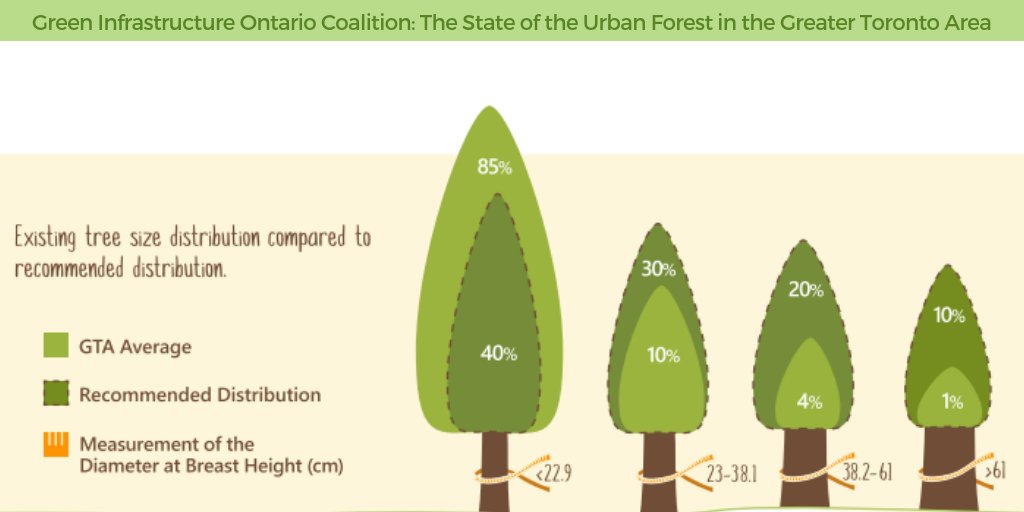The Environmental Effect Of Stump Grinding: A Sustainable Option For Efficient Land Management
The Environmental Effect Of Stump Grinding: A Sustainable Option For Efficient Land Management
Blog Article
Authored By-
When it comes to land management, have you thought about the lasting benefits of stump grinding? By resolving the residues left after tree elimination, this technique not only aids in soil health enhancement yet also plays a crucial function in stopping disintegration and sustaining biodiversity. The environmental benefits of stump grinding prolong far beyond simple aesthetic appeals, offering a sustainable solution that integrates with nature's intricate systems.
Soil Health Improvement
Aiming to boost the quality of your soil? Stump grinding can be a game-changer for improving dirt wellness on your building. By getting landscape garden near me of old tree stumps, you're developing room for brand-new growth and permitting vital nutrients to go back to the dirt.
As the stumps break down gradually, they launch raw material, enriching the soil and promoting far better plant growth.
On top of that, stump grinding helps to freshen the dirt, permitting much better water infiltration and origin advancement. Compressed dirt can prevent plant development and water absorption, but by grinding stumps, you're loosening up the dirt and producing a healthier setting for your plants.
Moreover, stump grinding can likewise aid to stop pest problems and illness that old stumps may draw in. By eliminating these potential risks, you're producing a more secure and a lot more efficient landscape.
Erosion Avoidance
To stop dirt erosion effectively, stump grinding plays an essential function in maintaining the stability and honesty of your land. By getting rid of unsightly stumps from your building, you're also lowering the risk of disintegration caused by water runoff. tree care service grinding removes obstacles that can disrupt the all-natural flow of water throughout your land, protecting against dirt disintegration while doing so.
When stumps are left unblemished, they can act as obstacles to water flow, triggering soil to remove throughout heavy rainfalls. This disintegration not just damages your land but also adds to sedimentation in close-by water bodies, harming water ecosystems.
Stump grinding assists to avoid these concerns by leveling the ground and promoting appropriate drain, lowering the possibility of disintegration.
Biodiversity Support
Preserving healthy biodiversity on your land is essential for developing a flourishing ecosystem. By using stump grinding as a sustainable land management technique, you can substantially support biodiversity.
Stump grinding helps advertise biodiversity by producing new habitats for different plant and animal types. The removal of stumps permits the regrowth of indigenous greenery, which subsequently attracts a varied series of wildlife. Insects, birds, and tiny animals prosper in these freshly accessible areas, adding to the overall biodiversity of your land.
Additionally, stump grinding aids prevent the spread of conditions and bugs that can damage plant types, hence protecting the eco-friendly equilibrium on your residential or commercial property. By removing old stumps, you develop room for brand-new plant growth, which improves the overall health and wellness of the ecological community.
This healthier atmosphere sustains a larger range of species, advertising biodiversity and developing a more resistant community in the long-term. Welcoming stump grinding as part of your land management approach can have long lasting positive effects on the biodiversity of your land.
Verdict
By using stump grinding as a lasting technique to land management, you can improve soil health and wellness, prevent erosion, and support biodiversity. This eco-friendly approach not just profits the ecosystem but additionally advertises the development of vegetation and produces habitats for various plant and pet types. Make a favorable influence on the setting by incorporating stump grinding right into your land management practices.
